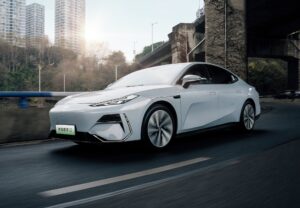Nissan’s recent demonstration highlighted its new LIDAR-based driver-assistance technology, designed for collision avoidance at intersections. This leap forward is part of Nissan Ambition 2030, aiming to make autonomous driving technologies safer.
What’s Happening
Nissan recently demonstrated its ongoing developments in advanced driver-assistance technology based on LIDAR, unveiling a new feature for intersection collision avoidance. The event took place at a Nissan facility and provided attendees an insight into how the technology can automatically prevent collisions in the complex environment of intersections.
Why It Matters
This latest development is part of Nissan Ambition 2030, the company’s long-term vision, according to Takao Asami, Senior Vice President and head of Nissan’s Research and Advanced Engineering Division. The company is poised to develop next-generation LIDAR technology for collision avoidance by the mid-2020s. By studying complex accidents in the real world, Nissan aims to improve understanding of accident scenarios and enhance their accident avoidance technologies.
Key Points
The showcased technology features a newly developed control logic for intersection collision avoidance. This ground-truth perception technology is based on next-generation LIDAR, capable of assessing an object’s speed, location, and potential risk of collision from a lateral direction. The system is designed to instantaneously respond to a changing situation by applying or releasing brakes, depending on the potential risk levels.
Bottom Line
Driver error at intersections can often lead to serious accidents, a situation Nissan’s in-development system is designed to mitigate. By providing improved assistance in difficult driving situations through advanced sensing and decision-making capabilities, the company’s new LIDAR-based technology signifies a significant stride towards safer autonomous driving.








